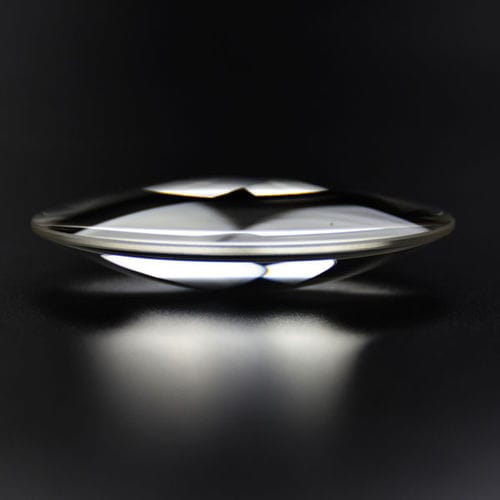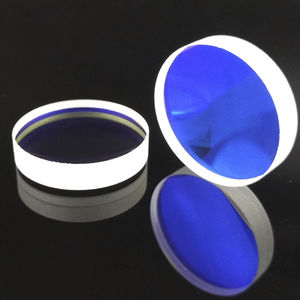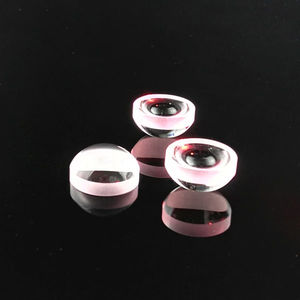
Bi-convex lens element optical glasssapphirefused silica




Add to favorites
Compare this product
Characteristics
- Geometry/curvature
- bi-convex
- Material
- optical glass, fused silica, sapphire
- Optical characteristics
- visible
- Diameter
Max.: 300 mm
(11.81 in)Min.: 2 mm
(0.08 in)
Description
The double convex lens/mirror is symmetrical across both its horizontal and vertical axis. Each of the lens's two faces can be thought of as originally being part of a sphere. The fact that a double convex lens/mirror is thicker across its middle is an indicator that it will converge rays of light that travel parallel to its principal axis. A double convex lens/mirror is a converging lens. A double concave lens/mirror is also symmetrical across both its horizontal and vertical axis. The two faces of a double concave lens can be thought of as originally being part of a sphere. The fact that a double concave lens is thinner across its middle is an indicator that it will diverge rays of light that travel parallel to its principal axis. A double concave lens/mirror is a diverging lens. These two types of lenses - a double convex and a double concave lens/mirror will be the only types of lenses that will be discussed in this unit of The Physics Classroom Tutorial.
Description Of Double Convex Lens/Mirror
The fact that a double concave lens is thinner across its middle is an indicator that it will diverge rays of light that travel parallel to its principal axis. A double concave lens is a diverging lens. These two types of lenses - a double convex and a double concave lens will be the only types of lenses that will be discussed in this unit of The Physics Classroom Tutorial.
Catalogs
No catalogs are available for this product.
See all of ECOPTIK‘s catalogsRelated Searches
- Optical filter
- Glass lens element
- Optical prism
- Colored optical filter
- Spectrum lens element
- Optical window
- Glass optical prism
- Round mirror
- BK7 lens element
- Visible lens element
- Optical lens element
- Glass mirror
- Silica lens element
- Convex array lens element
- UV lens element
- Beamsplitter
- Laser lens element
- BK7 optical prism
- Fused silica lens element
- Infrared optical filter
*Prices are pre-tax. They exclude delivery charges and customs duties and do not include additional charges for installation or activation options. Prices are indicative only and may vary by country, with changes to the cost of raw materials and exchange rates.







